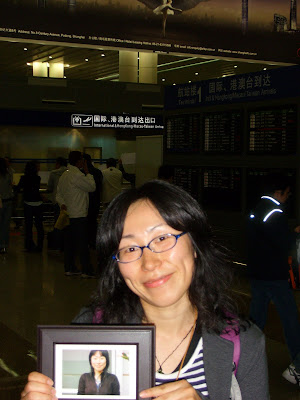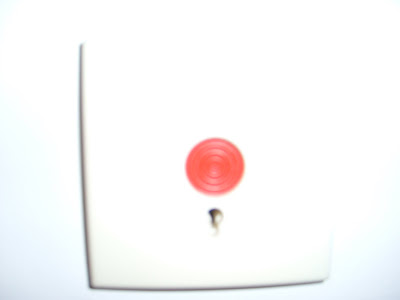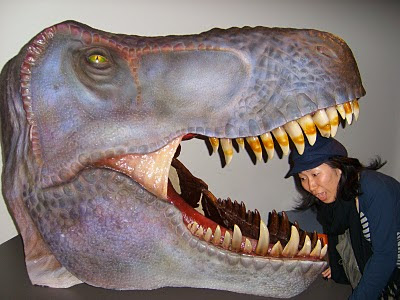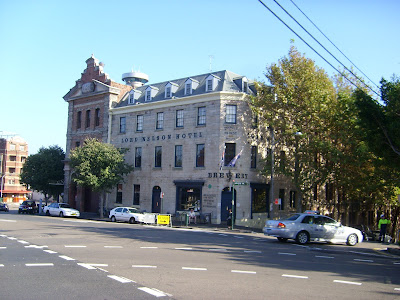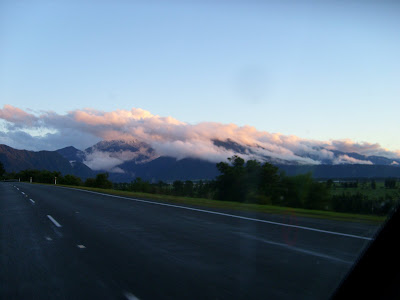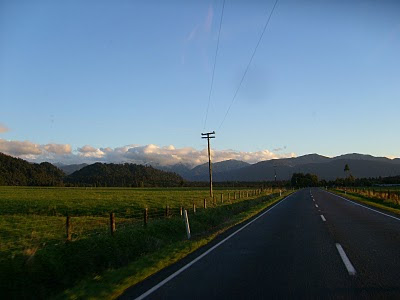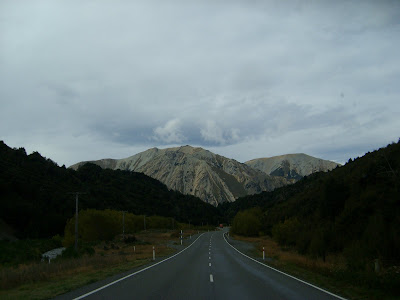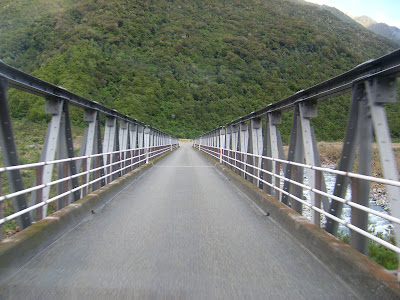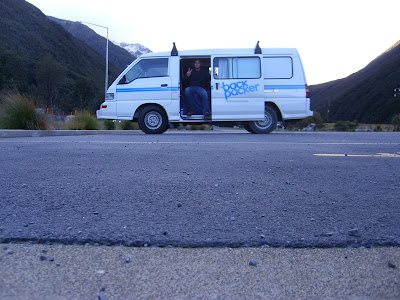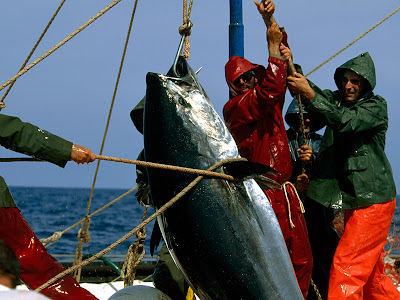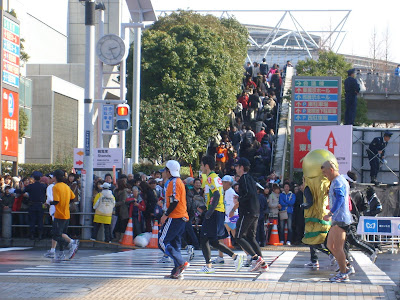


As usual reading has brought me a wealth of information. While in Tokyo the other weekend I picked up a couple of books, one was ‘Earth in Balance’ written by Al Gore back in 1991. At first, I didn’t know the publish date, I just picked a random passage, liked it, and bought the book. It wasn’t until later that I figured out how old it was, but I decided to give it a go anyways and I am now glad I did. It offered me many things to think about and explore. What really interested me was that, writing in 1991, Gore had many of the same concerns that the public at large today has about the environment. It made me laugh a little bit. I have great respect for Mr. Gore and I have always thought that he is miles ahead of anyone else when it comes to the environment. However, I am getting away from the point of what I wanted to write here. I wanted to write about water. All water really, but fresh water specifically.
In his book Mr. Gore identifies global warming, and specifically access to clean water, as being one of the major environmental changes happening on our planet, but of course the book is almost 20 years old. That got me to thinking about water and if the situation had changed since 1991. It also got me doing some research and I think what I found is pretty interesting.
Water obviously makes up a huge portion of our planet’s surface, roughly 2/3. It also makes up a large part of our body, roughly 2/3. Of the world’s fresh water roughly 2/3 is locked up in ice. Of the fresh water we use roughly 2/3 goes towards growing food. See a pattern here? I just thought that was interesting and would grab your curiosity. Now that I did (I did right?) let’s go a little deeper.
Of that 2/3 of the planet covered in water a meager 2.5% is fresh, and of that 2/3 is locked up in ice, leaving only 1% of Earth’s total water at our disposal. Of that 1% at our disposal we use 2/3 of it to grow food. Now when I say ‘grow food’ I bet you all got a picture of a plant in a field receiving water. Maybe you even got a picture of biting into a nice juicy tomato or something. I know I did when I first heard that statistic, but that isn’t exactly correct. Remember that after all the grain and veggies in the world are grown we still have billions of livestock to give water, and grain, to and there are far more livestock than there are human beings. So here comes the part where all the numbers start to paint a picture for change.
To make one pound of beef it takes about 1,857 gallons of water to grow and process it. To make one pound of beans it takes 43. Ok, yes, beef and beans are not exactly the same things, but I think you see where I am going with this. Pork is 756 and corn 109. Chicken is 469, potatoes are 31. Animal’s non-meat products like cheese and eggs fit more in the middle averaging 250-400 gallons per pound. I got all those numbers from National Geographic, which proved to be conservative in their estimates compared to other sources. I hope I am making the point that meat takes a lot more water to produce than veggies. To quote the most recent National Geographic, “A human diet that regularly includes meat requires 60% more water than a diet that’s predominantly vegetarian.”
I think that illustrates that point well enough, but I would also bet that most people reading this blog feel pretty secure in getting enough clean drinking water, along with all other water needs, to not be too concerned about how much water it takes to grow food. Most of my readers don’t live near the Yangtze, Ganges, Indus, Yellow, or Mekong rivers, but about 2 billion people do live close enough that they get their water from those rivers. Himalayan glaciers, which supply the bulk of those rivers, are melting faster than they can be replenished which soon will leave hordes of people without water, likely within the next 50 years. I will also assume that none of you have a relative among the 3.3 million people who died from water related diseases last year or that any of you have to walk the average 3.7 miles to fetch water that most women in developing nations do everyday. On average an American home used 100 gallons a day so you probably aren’t living on less than 10 gallons a day like billions or other people do.
However, I think I can assume that you live in Europe, Japan, or North America and therefore I have something for you to think about. It terms of virtual water, which is water used to produce and process products, Japan imports 15 times more water than it exports. North America is a net exporter of water while Europe is a net importer, like Japan but not nearly as much. That means, North Americans, that you have access to more water than you know what to do with. It also means, Europeans, that you don’t, and that of course also means in the near future that it could become a big problem considering some of the places where your virtual water comes from, like Africa and SE Asia. Not that North America is in the clear. California, which supports the U.S. by providing half of its nuts, fruits, and veggies, is facing a water crisis. I may also mention, while I am at it, that California has the world’s 10th largest economy, and therefore a large chunk of the overall U.S. economy as well as the world’s. That should be a concern given its recent and lasting drought. North Americans should also be concerned for other reasons having to do with fresh water. Of the animals on the threatened and endangered list in the U.S. most of them live in fresh water and those are going extinct at a rate 4-6 times faster than those who don’t. Species diversity is a key to most healthy environments and the loss of that diversity should be a big concern. The great Ogallala aquifer is the largest body of fresh water on Earth, and it lies underneath some of the richest farmland in the world, the American grain belt. But things are changing. The Ogallala is a fossil aquifer, which means the water in it is left from the melted glaciers of the last Ice Age. It's not like a reservoir or river, which is replenished regularly from rainfall. When the water in the aquifer is gone, it's gone.
So what can you and I do about it? Well it seems simple enough, but just think, the amount of moisture on the earth has not changed. The water that the dinosaurs drank falls as rain today. We aren’t likely to find new major sources of water anytime soon (although the moon has our hopes up), so we have to figure out how to live more efficiently with the water we have. Desalination plants process water consumed by 300 million people annually in 150 countries and that number is growing. That is one possible solution. Another solution is to repair aging infrastructure so that water that is piped for direct human or agricultural consumption use isn’t lost along the way to leaks and evaporation. The water piped into N.Y. City, for example, loses tens of millions of gallons a day to leaks. We can take many small personal measures as well. Everywhere you look today, particularly in the western United States, people are seeking to conserve water. You see people washing their cars less often. People are installing low-flow showerheads and sink fixtures and low-flow toilets. You see people using drought-resistant landscaping. The vigilant turn off the water at the sink when brushing their teeth, except to rinse the brush, and when shaving, except to rinse the blade. Perhaps they are even using grey water in their homes or cities.
These measures are prudent and helpful, but all of them combined don't save anywhere near the amount of water you would save by shifting toward a plant-based diet.
Of course not all livestock is raised off the Ogallala aquifer, and of course meat isn’t the only source of wasteful water practices, but it is a very powerful one and it is one that is easily within our own power to change and quickly. Remember what I had quoted from National Geographic? It said, “A human diet that regularly includes meat requires 60% more water than a diet that’s predominantly vegetarian.” The words used are regularly and predominantly. You don’t have to give up meat entirely, but eating a diet that is largely vegetarian is a huge step towards water conservation. So much in fact that it would save more water than if you never showered all year.
To quote what I am told is an old Chinese proverb, “Unless you change directions you’re apt to end up where you’re headed.” Well, it seems that I am getting more and more concerned about the direction we are headed so I wrote another post about the environment in the hopes that we can change directions. I say we because we are sharing the same boat. Many of the people that I end up talking to about environmental issues get defensive. I don’t really understand this. Isn’t this our environment? Shouldn’t we all be concerned? I never provoke a discussion and never make efforts to put people on the defensive. I am not pointing any fingers that I don’t readily point at myself. This is meant to be a discussion, not a debate. I would never say, you can do better, but we can do better. I think that is fair, but people still feel defensive. Maybe it is the idea of change more than anything else that puts people on the back foot. I think what people want to defend is nothing, or rather, doing nothing because that is more comfortable and less scary than confronting reality and making changes. I understand that feeling, but I just can’t do that any longer. When my kids or other future generations look back at me I want to be able to say, I did something. I was open to change and concerned about the future. So I will continue to explore how to make positive changes and to write about what I find in the hope that you, my dear readers, will read this and think to yourself, maybe I too can make some of these changes. For honestly, I have found that these changes are not as scary as they seem.
So here I am again, asking you all, please find ways to conserve and look out for the future. Don’t use as much and the water you do use, try to recycle before dumping it down the drain and please cut down on the amount of meat you eat. I have been eating vegetarian for 4 months now and I don’t regret it. I don’t think you would regret giving up meat a couple days a week to help conserve water, but maybe you, and certainly I, would regret you not showering all year.




